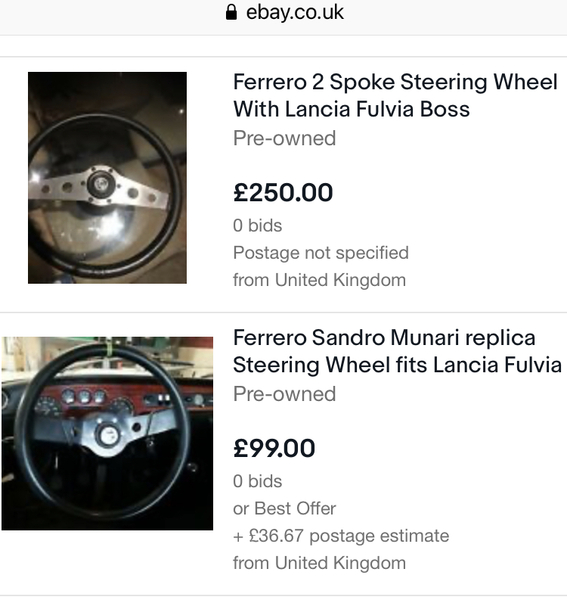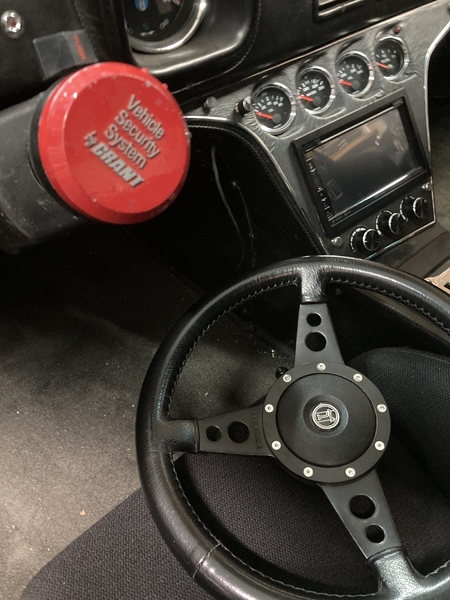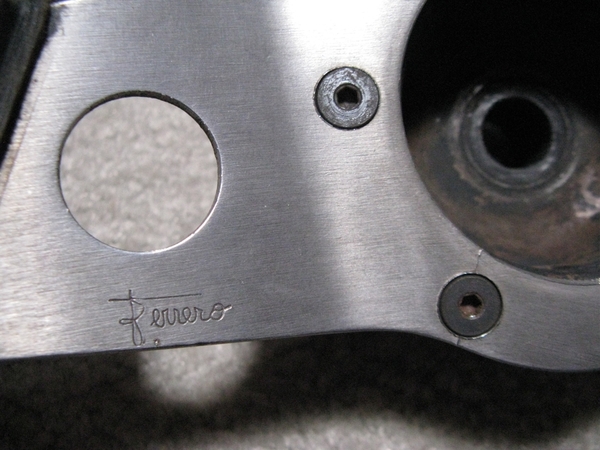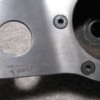There are three main families of stainless steel, ferritic, matensitic and austenitic steels.
Austenitic steels, like 304 or 316 for example, are not magnetic, but ferritic and matensitic stainless steels are magnetic.
I learned this at school 50 years ago.
You would not be taught that here in the US unless you were an advanced student in a Technical School.
Even then it might be in a text somewhere but likely would never be brought up unless you were at something like MIT in advanced metallurgy?
Certainly not in a high school here.
Nakita Kruschev once called the US "decedent". In some ways he was and still is correct?
I will say this though, when you bring scrap metal to the "junkie" here (the junkyard, not a drug addict), they will use a magnet on the scrap.
If it is magnetic, they pay you for steel which is $100 per ton in scrap.
Non-magnetic stainless is around what aluminum is/was (haven't junked anything recently) at $.23 a pound.
Most here just know of the "consumer grades of stainless" like for bolts for your boat?
The original intent of that steering wheel was no doubt a rebellious cutting edge design but it never lasted long enough to get the bugs out like cracking and strengthening it from bending.
I'd give Tjarda an A for effort on it though. He was a designer, not a development engineer and took some design risks here and there.
I would love to have talked to him before he passed. He and I have similar backgrounds.
Larry gets it! Both the esthetics and the function. It is a beautiful and somewhat unique wheel.











